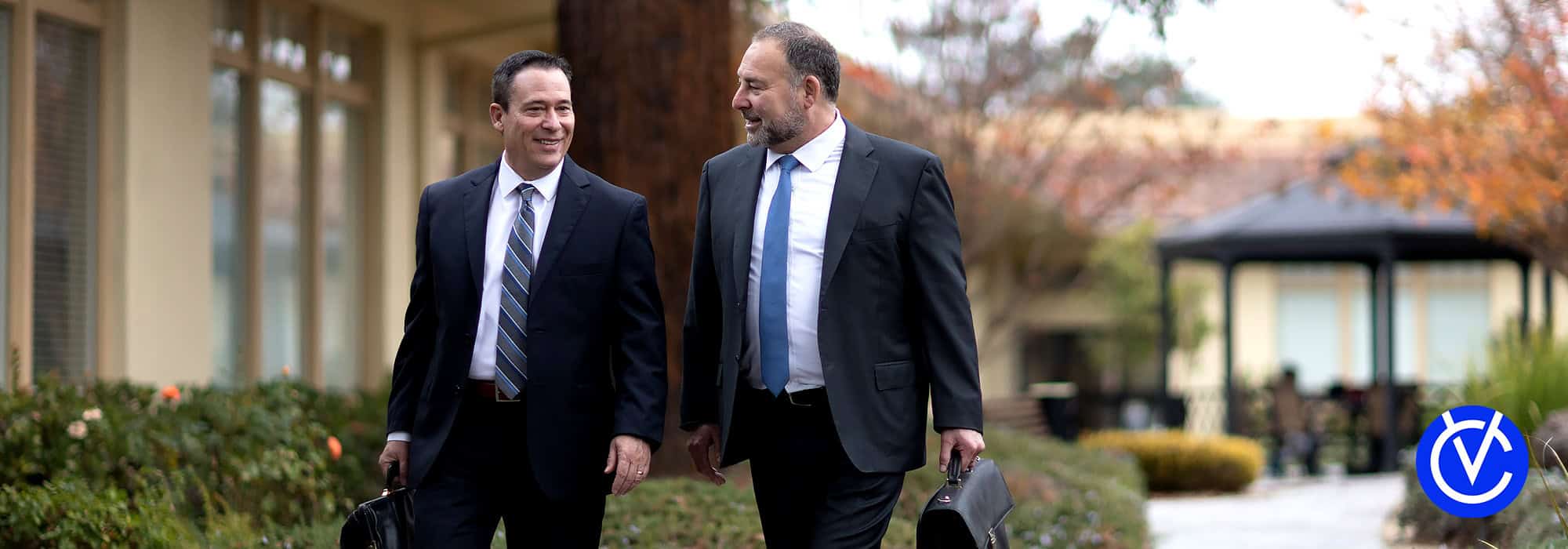Many think of bicycling as a weekend leisure activity, but it’s also a well-established form of transportation. To improve road-sharing between cyclists and motorists, the state of California has established regulations for how and where bicycling is permitted. These laws intend to protect bicyclists from catastrophic auto accidents. Therefore, it’s essential for motorists to acknowledge these statutes as well.
While on the road, bicycles are considered vehicles just like an automobile. As such, bicyclists are expected to follow these same protocols:
Given these shared expectations, motorists must acknowledge a bicyclist as a vehicle on the road. Drivers who fail to do so often cause critical accidents. Impatience, reckless passing, and premature right turns can have devastating outcomes for cyclists.
Although cyclists share many laws with other vehicles, some mandates are specific to bicycling.
Because cyclists tend to move slower than motorists, cyclists are expected to ride as close as possible to the right side of the road. Doing so enables a smoother flow of traffic. Additionally, California’s Three Feet for Safety Act requires all motorists to provide at least three feet between any part of their vehicle and a bicyclist when passing.
Unfortunately, this protocol isn’t always heeded. Impatient motorists may crowd a cyclist off the road, or they may attempt to pass a cyclist without checking sightlines. Either error can lead to serious injury.
If a road has a bike lane, bicyclists are expected to use them. Bike lanes both enable cyclists to ride at their desired speed without impeding other traffic and allow them to bypass automobile traffic conditions. However, several circumstances allow cyclists to move out of the lane:
It is during these transitions that many cycling accidents occur. Motorists tend to expect bicyclists to remain in the bike lane and are surprised when they cross over the line. This lack of awareness can lead to unexpected collisions.
Additionally, motorists are prohibited from entering a bike lane, except when making a right turn. But impatient motorists may try to use bike lanes as passing lanes—an illegal maneuver that is disastrous for unsuspecting cyclists.
In California, cycling on sidewalks varies from place to place. Cities and counties determine whether bicycles are permitted on their sidewalks. If bicycling is allowed, cyclists are still required to yield to pedestrians.
Bicyclists are not permitted to ride on freeways, expressways, or toll bridges unless otherwise indicated by the California Department of Transportation.
When cyclists ride in the dark, they’re required to utilize appropriate bike lights and reflectors:
Unfortunately, as helpful as lights and reflectors are, they are insufficient protection against distracted motorists. These indicators must first be seen to be effective, and preoccupied drivers may miss them entirely, leading to a crash.
Automobiles use blinking lights to signal a turn, but bicyclists use their arms to indicate a change in direction—typically, a left arm to turn left and a right arm to turn right. Cyclists also indicate stops by bending their left arm down at a 90-degree angle. Although most experienced cyclists use signals well in advance, these indications may be ignored or misunderstood by distracted drivers who then fail to alter their speed.
These bike laws are designed to keep cyclists and motorists safe on the road, but when they’re disregarded several types of accidents may occur. Examples include:
If you’ve suffered catastrophic injuries in a bicycle-auto accident, the team at Caputo & Van Der Walde is here to help. Our seasoned personal injury attorneys are committed to securing the compensation you deserve.
Call Caputo and Van Der Walde – Injury & Accident Attorneys at (800) 900-0863 to schedule a free consultation.

As members of the Multi-Million Dollar Advocates Forum® and the Million Dollar Advocates Forum®, we have proven our ability to negotiate and litigate on behalf of our clients successfully. Retain us to put our tactical strategies to work for you. These skills are what make our legal team such a formidable opponent in any courtroom or negotiation setting.